TechRadar Verdict
If you have a compatible Garmin smartwatch then these glasses are superb. Everyone else can still find a use for them thanks to the other impressive features, but they'll definitely miss out in some ways.
Pros
- +
Crystal clear call audio
- +
Great open-ear speakers
- +
Comfy and secure fit
- +
IP67 dust and waterproof rating
Cons
- -
Reliant on Garmin devices for best fitness features
- -
Pricey
- -
Not for everyday use
Why you can trust TechRadar
These Oakley Meta Vanguard smart glasses are undeniably designed for athletes.
This is something of a double-edged sword in the design department as it means you can’t use them for everyday use unless your personal fashion choices include strolling around in a visor. But when you’re on a run, powering down a slope, or pushing yourself on your next bike ride these glasses will be the ideal companion… if you have a compatible Garmin watch.
The biggest benefit these specs have – beyond their Prizm visors, which are tailored to different activities – is their IP67 which allows them to tackle all conditions. I got caught out in a rainstorm with these specs on and the Vanguard glasses weren’t bothered at all.
I had more than enough time to finish up the run I had planned and make my way home, all the while enjoying tunes and assistance from Meta AI which I could hear through the open-ear headphones.
I even successfully made a few calls. Despite the rain, wind, and cars rushing past on the road, everyone I called said I came through crystal clear. Admittedly, I did have to double-check a few times as I was so surprised – with my usual open earbuds, or even using my actual phone in those conditions, I know they’d struggle to hear me.
The footage captured by its camera is good too, thanks to the centralized snapper which can capture video in up to 3K which is perfect for sharing your fitness achievements.
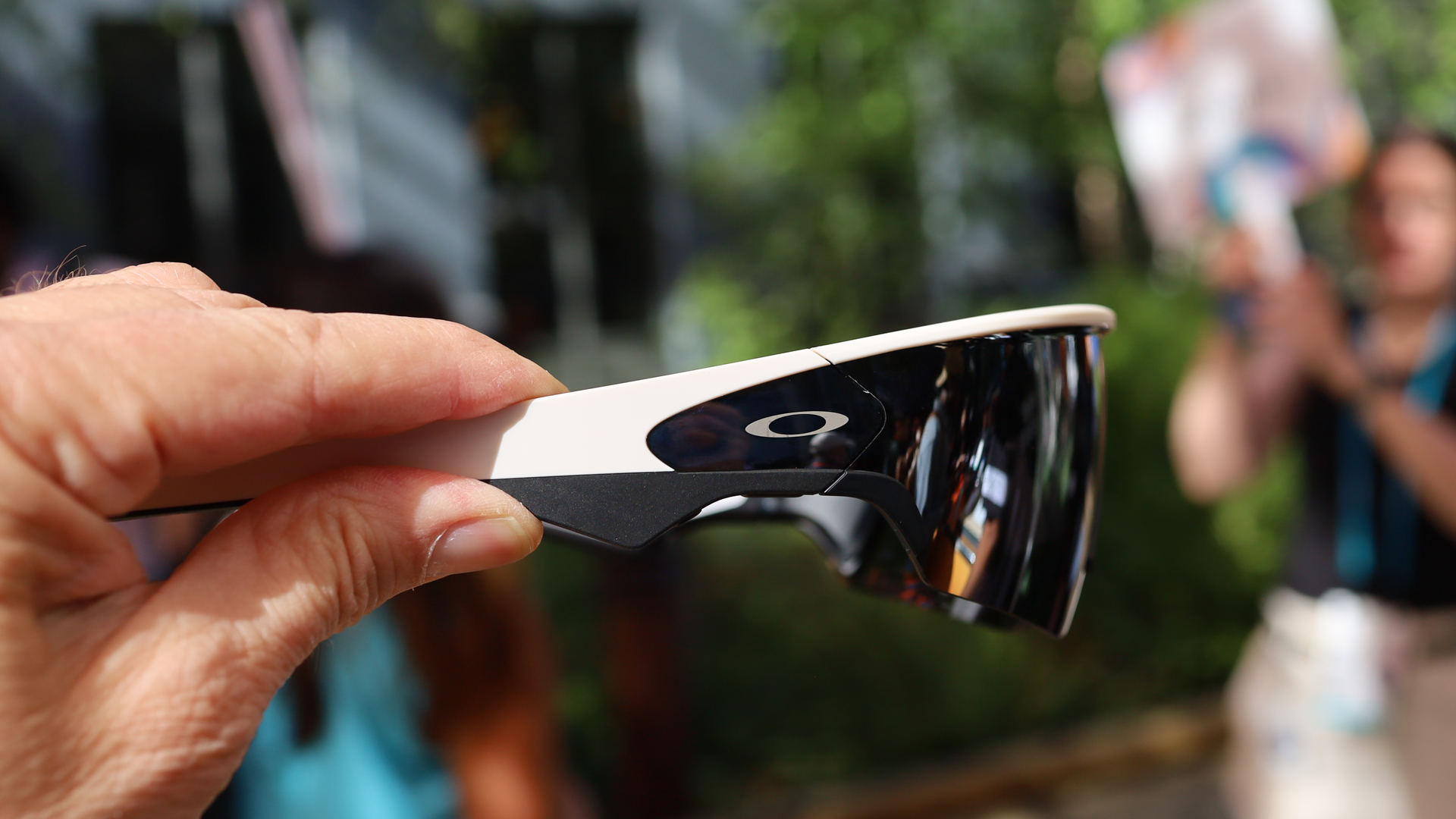
That’s helped by the new autocapture tool which uses data from your compatible Garmin watch to automatically record segments of your excursion and overlay fitness data – like your pace, distance travelled and heart rate – to create a nifty video recap you can share.
Sign up for breaking news, reviews, opinion, top tech deals, and more.
However, here lies my main concern with these specs. Their health tracking integration is currently reliant on a single company: Garmin. If you don’t have a Garmin smartwatch, or you do have one but it’s not compatible with the Meta AI app, then you lose out on one of the best features of these glasses. I ran into this compatibility problem so created a handy guide you can use to see which Garmin watches are compatible with Meta AI.
Meta does usually take a slow and steady approach with integrations so my fingers are crossed we’ll see Meta play nice with other fitness trackers too. But until then, this limited compatibility makes this device feel a little less mainstream.
That said, if you are an athlete with a compatible Garmin watch then the Oakley Meta Vanguard glasses will be a superb companion. The open ear audio, Meta AI assistance providing real-time fitness data, crystal clear calls, and auto capture video recaps combine into something superb – just be prepared for the high cost.
Oakley Meta Vanguard: price and availability
The Oakley Meta Vanguard glasses are launching on October 21, 2025 and are available to buy in the US, UK, Australia, Canada, and many European countries with plans to expand to more countries like Mexico and Brazil soon.
At the time of writing they cost $499 / £499 / AU$789 no matter which model you get. This makes them pricier than Meta’s Oakley HSTN and Ray-Ban smart glasses – ignoring its new Meta Ray-Ban Display specs.
In exchange you’ll get specs with louder (6dB louder) open-ear speakers, a more durable design (they’re IP67 rated rather than IPX4 for dust and water), and a slightly longer battery life than those two aforementioned models.
The design also feels more sporty, plus there’s the Garmin integration – though that necessitates a compatible device.
- Value score: 3/5
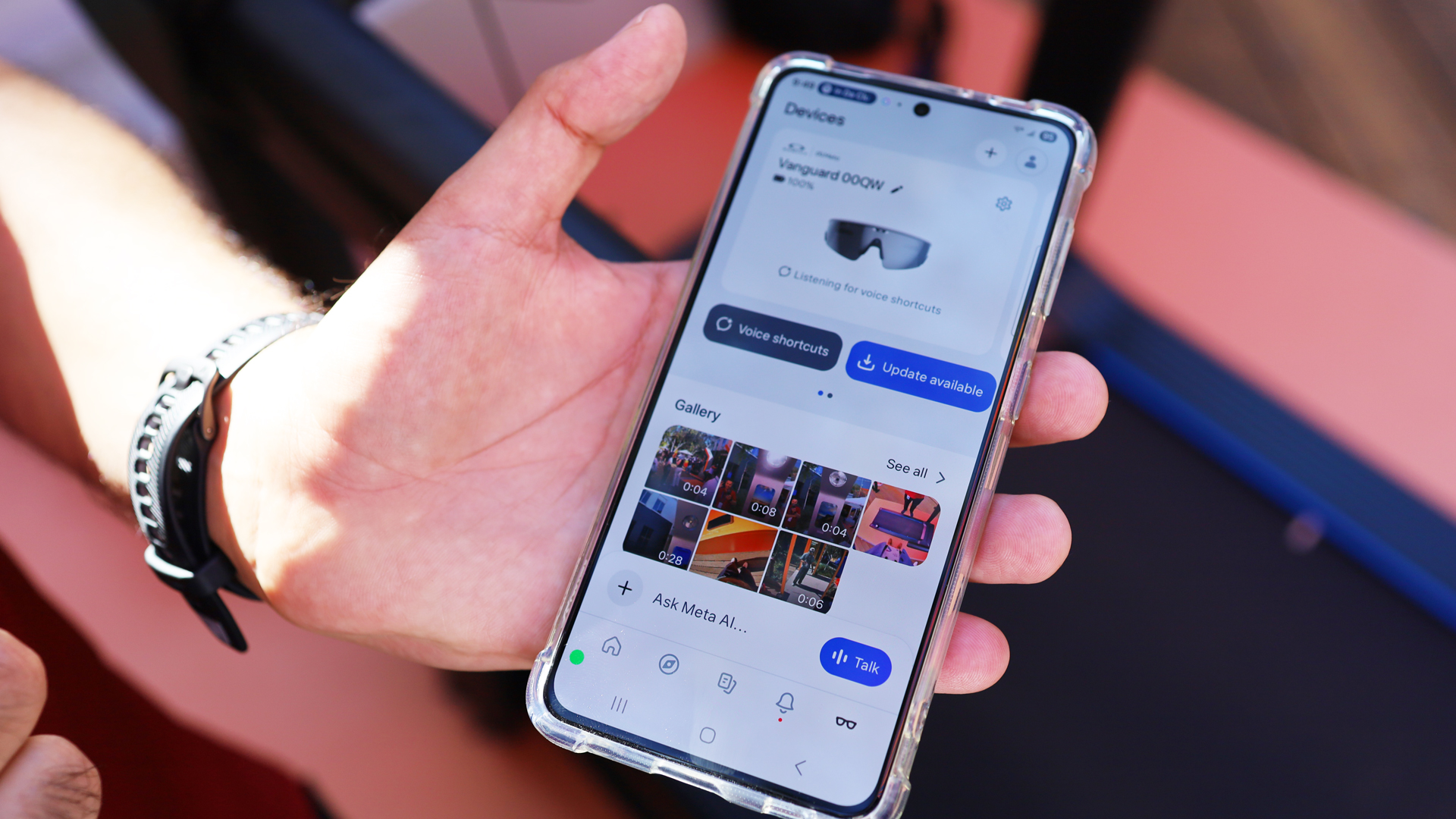
Oakley Meta Vanguard: design
You can pick up the Oakley Meta Vanguard glasses in one of four design variations equipped with a colored Prizm lens – a black frame with a 24K lens, black frame with a Road lens, white frame with a Black lens, or white with a Sapphire lens.
Otherwise the specs of all four are identical. The lens forms a large visor which covers both eyes, there’s a large camera that sits above your nose, and each pair comes with three nose clips sizes so you can adjust the fit to suit your face.
You’ll also find three buttons on the frame; on the left (as you wear them) is the power button, while on the right you have the camera button, and a programmable action button. The latter can activate Meta AI, automatically activate a different capture mode like slow-motion or hyperlapse, or access an accessibility feature (alongside a few other effects).
The Prizm lenses are Oakley’s sports-specific visors with color patterns designed to boost the contrast of your vision during different sports. The red Road visor version I tested are ideal for runners and cyclists because they help you see changes in the road and trail in front of you – like signs, cracks, and terrain changes.
They’re also the least shaded of the lens options available currently, meaning I can use them just fine on overcast days as long as it isn’t nighttime. If you live somewhere with a lot more sun you might prefer the Prizm lenses which provide more shade and similar contrast effects, or the Black lenses if you don’t care about contrast – the Sapphire lens is also good for the sun, but is tailored to water sports and skiing.
If you like the sound of a couple of different lens options you’re in luck. For the first time with its smart specs Meta’s Oakley Vanguards boast swappable lenses – so you can change between these available options, or some soon-to-launch alternatives like a low-light visor, as and when you need. Provided you buy the extra lenses that is – they’ll cost $85 (around £65 / AU$130, exact regional pricing is TBC).

They’re well suited to different conditions regardless of your lens type. I’ve run in sunnier weather and a rainstorm just fine – I did need to wipe the visor when it was wet, but no more than I would my regular specs, and at least the glasses didn’t fog up.
During the rain I was glad for their improved IP67 rating. This means they can survive harsh outdoor weather (just don’t swim in them), so on my rainy run it meant I didn’t need to rush home because I was worried my tech would get ruined – just because it was cold and miserable.
If they do get wet, however, Meta advises you dry them off before using the charging case.
Speaking of which, the bulky charging case safely stores your specs and boosts their roughly nine hours of battery life – six with continuous music – with up to an additional 36 hours. It can quickly charge your specs to 50% full in two hours.
As I said, it isn't the slimmest case so you’ll get a drawstring bag case, which is ideal for taking on your excursion if you want to put the glasses away during a break or cool down and not scratch the visor.
During all my tests these glasses stayed comfortably and securely on my face.
- Design score: 5/5
Oakley Meta Vanguard: Features
If you know much about Meta’s smart glasses already you’ll be familiar with the core features these specs borrow; we’re talking open-ear audio, an in-built camera, and Meta AI assistance. I’ll cover the quality of the camera and speakers in the performance section down below, but here I’ll focus on the AI and the new trick the Vanguards have up their sleeves: Garmin integration.
Meta AI can, provided you have your phone nearby and are connected to the internet, offer real-time answers to your queries. Simply say “Hey Meta” and you can get started.
On my other Meta smart glasses I love the AI when I’m a tourist, but on these Vanguard frames it’s instead my personal fitness coach. I’ve asked for some quick exercise tips so I can try to boost my running performance and endurance, and healthy snack advice so I know what to grab from the convenience store as I jog past to enjoy as a post-workout treat.
It also enables hands-free controls. I like to focus on my runs, and find I can do that more easily if I just call out to the Meta AI to change tracks in my playlist, or give me my fitness data, compared to swiping on the frame or looking down at my wrist.
This fitness data comes from my Garmin watch. For this review I borrowed a Garmin Epix Pro (Gen 2) which is one of a selection of compatible Garmin devices (mostly watches, but a few bike computers too) that can beam real-time data to the Vanguard glasses.
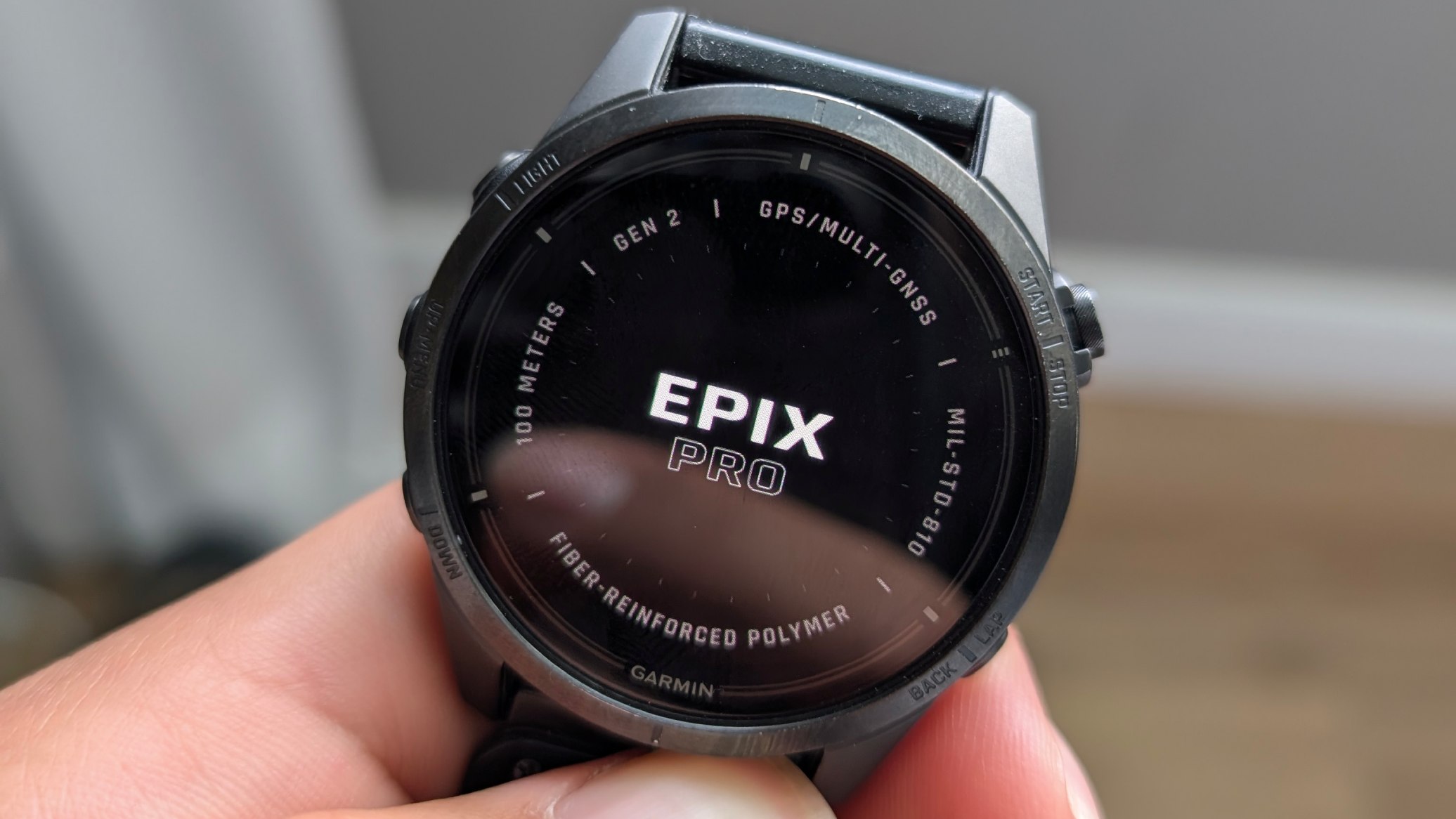
While in a fitness activity – like a run – I can get real-time updates on my heart rate, my running pace, distance travelled, and how well I’m hitting my goals which is super handy. Plus, for those of you who care just as much about sharing your fitness successes as you do about actually getting fit, you’ll love autocapture.
When enabled, autocapture will take a short video every split (either every lap, kilometer or mile based on your preferences), as well as at key moments like when your heart rate jumps up because you’re pushing hard, or at a new elevation high, to name a couple of examples. The Meta AI app will then process these shots and overlay your Garmin data – like your pace and distance traveled – which you can then share as a montage or sequence of stories.
As you can see in the example above, it also gave my footage an automatic title, and tells you what Garmin watch I was wearing.
I think it’s really neat, it’s just a shame these fitness data integrations – which feel somewhat essential to the glasses’ identity – are locked to some very specific fitness devices.
While a lot of athletes will rely on Garmin tech, some will prefer their Samsung Galaxy or Apple watch (or another option from list of the best fitness trackers). Others simply may not have one of these options – even some recent Garmin launches don’t support on-watch apps (a necessity for this Meta AI integration).
Meta does like to roll out these interconnected app features slowly so we may see other brands join the fray down line, but right now I’m left feeling like a device agnostic system – perhaps one which leans heavily on a phone app rather than a smartwatch app, or a more widely-available smartwatch app – would be a more elegant and better solution.
- Features score: 3.5/5
Oakley Meta Vanguard: performance
These glasses performed really well in areas I think athletes will appreciate – that is to say, music and call clarity.
While I can’t test Meta’s claims that you can be heard over 30mph wind – during Meta Connect Mark Zuckerberg said “you can basically be standing in a wind tunnel and still come through clearly on the other side” – I can say that what initially sounded like a vast overpromise now seems like a very real ability of these specs after my tests.
I went out to run in a rain storm (unintentionally, admittedly) and not only could I always hear my music through these open-ear speakers (while also being able to pay full attention to my surroundings as nothing was covering or inserted into my ears) the microphones – by all accounts – picked me up crystal clear.
I never had trouble activating Meta AI, and even when I was jogging alongside a road with cars whizzing past – being buffeted by heavy rain and strong winds – the folks I called all said they couldn’t tell I was in a storm. The noise cancellation was, as one person described, "fantastic."
I know my other open earbuds, and maybe even my phone, wouldn’t have competed with that noise based on my experience with them – so I’m very impressed with the Vanguard’s capabilities.

Jumping back to the audio, while not on par with more dedicated earbuds or headphones audio quality-wise, this comfy open-ear, all-in-one solution was excellent at keeping me motivated with music while keeping me aware of my surroundings – as I wasn't blocked off from the outside world in any way, sonically speaking.
I’ll also shout out the camera.
While the single shot photos are more on the ‘okay’ end of the spectrum quality-wise, the first-person videos look great and pick up the audio really well – even if a lot of them simply capture me huffing and puffing into the mics.
Because of this high quality I love the autocapture montage the app creates, and plan to always share it with my Strava posts going forward.
- Performance score: 5/5
Oakley Meta Vanguard smart glasses Scorecard
Attribute | Notes | Score |
|---|---|---|
Value | These glasses are good but they’re also Meta’s most expensive smart glasses and you can really only wear them while exercising. You’ll also need a pricey Garmin companion to get the most out of them. | 3/5 |
Design | With improved ruggedness but still a comfy design that sits securely on my face while I run it’s hard to fault the design of these specs. | 5/5 |
Features | These glasses are useful with AI, a first-person camera, and open-ear audio, but it’s frustrating that their best fitness tools are locked to specific Garmin devices rather than having a more agnostic system in place. | 3.5/5 |
Performance | These glasses performed very well with crystal clear call audio, solid open-ear speaker audio, and good-looking 3K video capture in a wide variety of weather conditions. | 5/5 |
Should you buy the Oakley Meta Vanguard smart glasses?
Buy them if…
You have a compatible Garmin device
I love the Garmin integrations and found these specs offer a handy boost to your exercise if they have access to your real-time fitness data.
You want reliable audio for music and calls
Thanks to some solid speakers and fantastic noise cancelling microphones, these glasses are a very reliable open-ear audio solution.
You want durable smart glasses
With an IP67 rating these are Meta’s most durable smart glasses, ready to tackle heavy rain and dusty days as you race to get your next PB.
Don’t buy them if…
You’re not an athlete
Given how fitness-focused these smart glasses are in their design and features, I can’t see them being the best pick for people who don’t do much sport.
You want everyday smart glasses
Unless your style suits wearing a visor regularly, these specs are not for use day-to-day. If you want something like that grab the Oakley HSTN or Meta Ray-Ban smart glasses.
You’re on a budget
While these specs do boast some upgrades they are also Meta’s most expensive smart glasses without a display (otherwise, they’re its second most pricey). That means they aren’t the most budget friendly.
Also consider
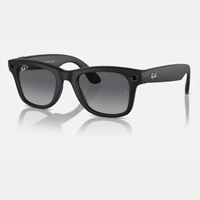
Ray-Ban Meta (Gen 2) glasses
We’ve yet to review the Gen 2 model, but we loved the Gen 1 Meta glasses and this newer model is just those but with better specs. For everyday use you’ll struggle to beat a pair of transitions Ray-Ban smart glasses.
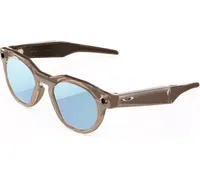
Oakley Meta HSTN glasses
If you want a pair of smart glasses that land between sporty and leisure, then check out the HSTN smart glasses. They’re comfortable to run in (though not as durable), and look stylish – helping to bridge the gap between Meta’s other specs.
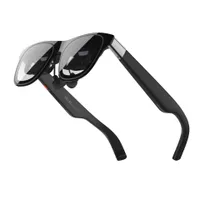
Xreal One Pro
If you are looking for something very, very different from your smart glasses – particularly something you can use for keeping entertained while kicking back on the sofa – you’ll want these Xreal glasses. Plug them into a compatible device and you can enjoy a your own private movie theater as your show, film or game of choice is virtually projected in front of you.
How I tested the Oakley Meta Vanguard smart glasses
To test these smart specs I made sure to run with them a few times. The first few times I used them without a Garmin watch to test their capabilities if you don’t have a compatible fitness device, and then I ran with a Garmin Epix Pro Gen 2 to find out how much of a difference it makes.
I ran in different conditions, though I wasn’t able to run at night as the lenses aren’t well suited to running in the dark.
First reviewed October 2025

Hamish is a Senior Staff Writer for TechRadar and you’ll see his name appearing on articles across nearly every topic on the site from smart home deals to speaker reviews to graphics card news and everything in between. He uses his broad range of knowledge to help explain the latest gadgets and if they’re a must-buy or a fad fueled by hype. Though his specialty is writing about everything going on in the world of virtual reality and augmented reality.
You must confirm your public display name before commenting
Please logout and then login again, you will then be prompted to enter your display name.

